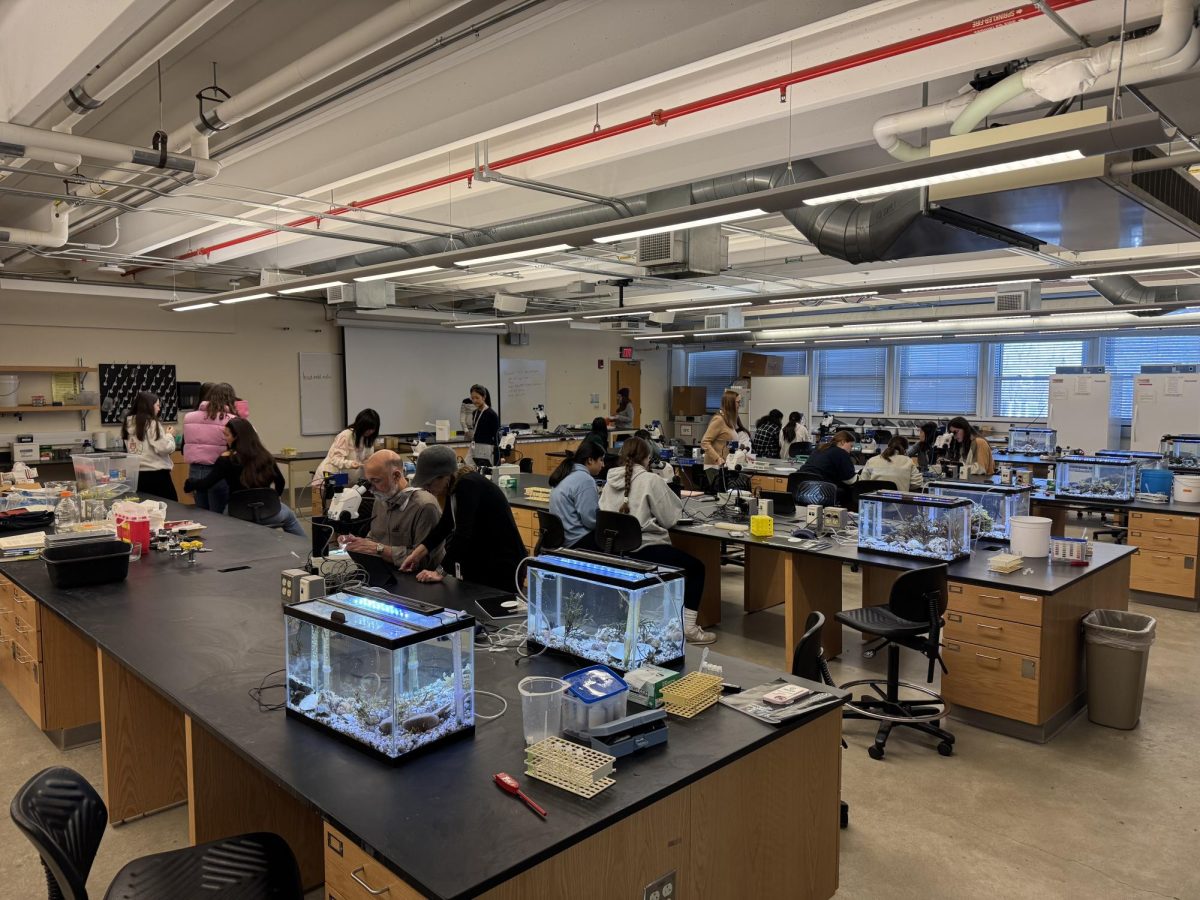Junior Raheela discovered a deeper meaning to her faith on a religious journey to Saudi Arabia

Eighteen hours. That’s how long it took junior Raheela to travel by plane from Dallas to Saudi Arabia. Three hours. That’s how long the journey took to change her life.
During spring break, Raheela, along with her mother, father and two younger sisters, traveled to Mecca, Saudi Arabia to complete the Umrah: a religious pilgrimage performed by Muslims.
“It has made me more religious,” Raheela said. “I’m more aware of my purpose in life.”
The journey lasted one week. Raheela traveled during spring break.
Upon arriving in Saudi Arabia on Monday afternoon, she first went to Medina, a modern city in the western region of Saudi Arabia. Afterwards, Raheela, a Sunni Muslim, left for Mecca, the religious center of the holy Islamic world.
“I felt anxious and nervous because I didn’t know what to expect,” Raheela said. “This is the big thing that everyone talks about.”
The Umrah can be completed at any time of the year. It is not mandatory for Muslims but is rather a compensation for all sins. In contrast, the Hajj, another religious pilgrimage, is an obligation for most of Islam’s followers.
Although both the Hajj and Umrah are undertaken in Mecca, they have many differences. The Hajj can only be performed during Id-al-Adha, meaning the Feast of Sacrifice. Id-al-Adha takes place on the twelfth month of the lunar (Islamic) calendar and lasts five days.
The Umrah itself takes two to three hours and has fewer rituals involved.
“Umrah is like the lesser pilgrimage,” Raheela said. “I went for Umrah because Hajj is only done at a certain time of year.”
Pilgrims from every corner of the globe gather to complete the Umrah. Regardless of color, age or nationality, Raheela said Muslims come together in the sacred city of Mecca for “one common goal” of renewing their religion.
“In Saudi Arabia it’s actually a gigantic melting pot of every Eastern culture imaginable,” Raheela said. “There were people from all walks of life that you don’t even see in the U.S. You can’t tell what an Arab looks like compared to a Pakistani or an Indian person—everyone just looks the same at that point.”
Since the Umrah is a religious journey, proper clothing should be worn by each gender, and no make-up is allowed. Men wrap themselves in white sheets, while women must cover their hair and body but not their face or hands.
“It was simple clothing, but it definitely made me feel more spiritual just by putting the clothes on,” Raheela said.
Before entering Mecca, Raheela had to say an intention, or prayer, in which she pledged her desire to complete the Umrah. This began the first step to her religious journey.
“While I was there, I didn’t worry about school or anything,” Raheela said. “Even though we had just finished exams, I didn’t think about the stuff we have to do in April and May. You lose track of real world stuff. I didn’t check the news every two minutes or go on Facebook or Instagram.”
There are two major rituals involved in the Umrah. The first is the Tawaf in which Muslims circumambulate the Kabbah seven times, a stone cubicle structure, one of the most sacred sites in Islam. The circling of this holy house is thought to demonstrate the unity of believers as they worship God.
Next, a ritual called Sa’y is performed which involves either running or walking between two hills called Safa and Marwa, as defined by the Oxford University Press. This ritual reenacts Hagar’s search for water in the desert for her baby Ishmael. In Islamic tradition, Hagar is respected as Abraham’s second wife.
“Actually performing the rituals, I wasn’t tense per se, but it was surreal going through it. It was peaceful, but at the same time there were a lot of people there,” Raheela said.“It was when I was done and we actually went back to the hotel, that’s when the relaxation and tranquil feeling washed over me.”
These traditions date back to centuries ago and are of great significance to the Islamic faith. Muslims attend the Umrah in large numbers with hopes of cleansing their souls, making this pilgrimage one of the largest religious gatherings in the world.
“I myself didn’t really realize the scope of this religious journey until I was actually there,” said Raheela. “And then it hit me. All the stuff that I stress about at school, they’re really small and trivial things in the world.”
On her flight back home, Raheela felt “sad and regretful” to leave. Since this was her first time on such a sanctified journey, she felt it was a “trial and error” experience.
Returning from this journey, Raheela was able to see her religion in a different light. She was able to understand both herself and her faith better.
“You’re always taught from this remote perspective what religion your parents are and what your culture is…you don’t have a personal understanding of it. It’s really remote and distant,” Raheela said. “It was really interesting, after 17 years, for me to go and suddenly be like, ‘This is what my religion is.’”
-Inaara



